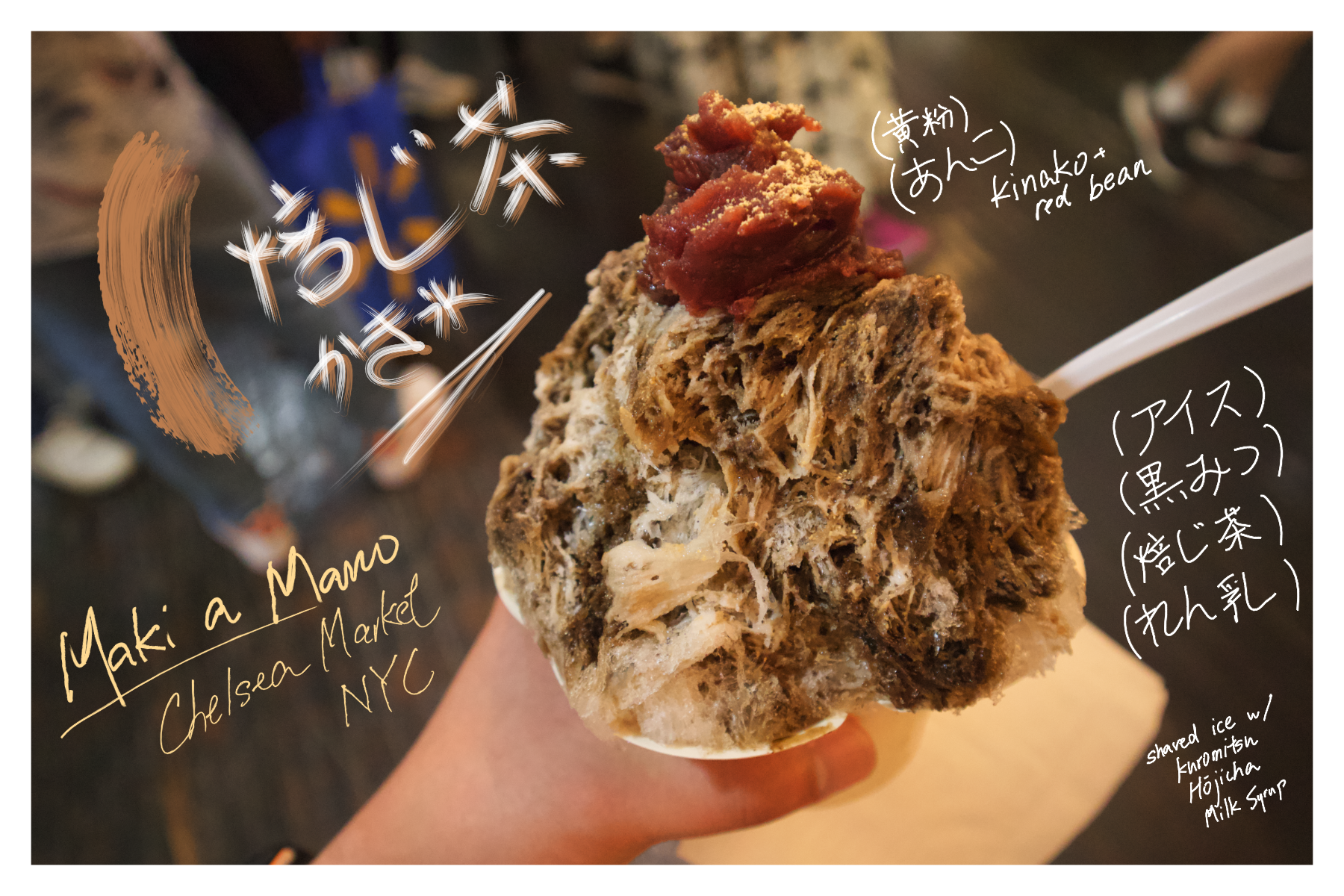Dear friends and readers,
For the first time since I could remember, I deliberately chose to take a vacation.
The romantic in me always dreamed about the simple pleasures of being in another city; to masquerade as one of its dwellers, listen to the music of its hustle and bustle, and dance to the rhythm of how its people greet each other. To experience the many things one take for granted when you inevitably habituate to your own pace of life.
One day, on a call with my friend in New Haven, I made a spontaneous decision to just go. I booked my plane and train tickets that night.
When New York presented itself as an economic layover option in my travel arrangements, I decided to take advantage of this opportunity to experience NYC for the first time. After getting off the train at Penn Station, I made my way downtown to Chelsea Market, a favorite food hub recommended by a friend who was at NYU for college.
One of the places I stopped at Chelsea Market was Maki a Mano, a Japanese restaurant which like its name suggests, specialized in maki sushi (巻き寿司), which literally means rolled sushi in translation. What it does not advertise enough, however, is that it also has a stall in its storefront that sells onigiri (おにぎり) and kakigori (かき氷), which are laver-covered rice balls and shaved ice respectively.

It was a hot and humid day, my sweat had stained through my backpack’s straps, the windbreaker I had been wearing had long relegated to be knotted around my waist. The thought of an icy kakigori (かき氷) was near impossible to resist.
While matcha (抹茶) or strawberry are classic/failsafe flavors, hojicha (焙じ茶) stood out amongst them. A quick Google search revealed that hojicha (焙じ茶) is a roasted tea, and since it’s something I haven’t tasted yet, I immediately ordered it on the little console to the right of the counter.
I stood amongst the few circles of friends also waiting for their orders. I eventually surmised that this must be a popular spot, for it seemed that many others punched in their orders without much hesitation.
As my order came up to the pass, I watched the layering process closely; in a flower shaped cup, a mound of fluffy ice was gently packed and lathered generously with hojicha (焙じ茶), kuromitsu (黒蜜;translates directly to black sweet syrup), and milk syrup (練乳), followed by more ice and flavoring, finally topped with red bean paste (あんこ) and kinako (きな粉; soy bean powder).
For some reason, the impression of the finished hojicha kakigori (焙じ茶かき氷) invited an air of strange serenity? For a summer treat, I was expecting it to be exciting and enticing, but what I found was a sense of calmness in its waterfall-esque texture and inked-brown streaks. For a moment, I think forgot I was in a literal crowd of people.
What I remembered most was feeling satisfied. The hojicha kakigori (焙じ茶かき氷), despite its predisposition as a shaved ice dessert, presents mostly as stately, proper, and composed. The roasted tea flavor rests on the back of your palate, and it is more prominent than the cold sensation of the ice (which I was surprised by). The red bean paste offer a nice palate cleanser, and it was delicious in its own right.
I remember smiling, and I love it when food does that for me. It was a beautiful experience. I would go back to New York for this, for sure.
What this also did was pique my interest for both hōjicha (焙じ茶) and kakigori (かき氷). For a conceptually simple treat (flavored frozen water), I am eager to learn more about these flavors. What is the origin of hōji (焙じ), the technique for roasting the tea? And what about the practical constraints for making kakigori (かき氷) pre-refrigeration? Please allow me some time to research all these concepts just a little more.
Signed and posted,
and Cheers,
Jeff

